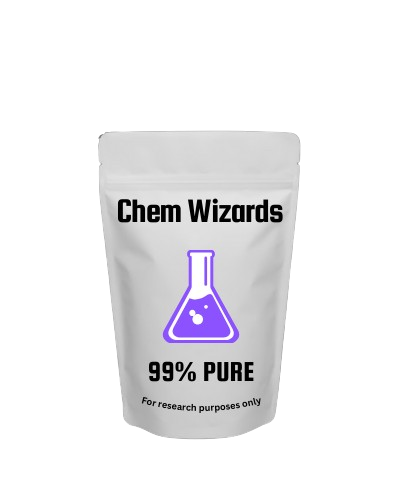

Buy 3-MeO-PCE (3-methoxyeticyclidine)
$75.00 – $2,063.00Price range: $75.00 through $2,063.00
3-MeO-PCE is a methoxy-substituted eticyclidine dissociative used in NMDA receptor research and forensic analysis.
Important Notice:
European customers should complete their purchases in USD (not CAD). After placing your order and before manual payment, the currency will be converted to Euros.
Canadian customers should use CAD, and American customers should use USD.
3-MeO-PCE (3-Methoxyeticyclidine) Product Description
Introduction
3-Methoxyeticyclidine, abbreviated as 3-MeO-PCE, is a synthetic dissociative anesthetic from the arylcyclohexylamine class. It is a methoxy-substituted analog of eticyclidine (PCE), differing by the presence of a methoxy group at the 3-position on the phenyl ring. 3-MeO-PCE has gained attention as a designer drug and research chemical with potent dissociative properties comparable to ketamine and PCP. It is primarily employed in scientific research to investigate NMDA receptor antagonism, pharmacodynamics, and toxicology. The compound is not approved for medical use.
Chemical Properties and Specifications
Structural and Molecular Characteristics
| Attribute | Specification |
|---|---|
| Chemical Formula | C15H23NO |
| Molecular Weight | 233.35 g/mol |
| CAS Number | 1364933-80-1 |
| IUPAC Name | N-Ethyl-1-(3-methoxyphenyl)cyclohexan-1-amine |
| Synonyms | 3-MeO-PCE, 3-Methoxyeticyclidine |
Physical Properties and Purity Standards
-
Appearance: White to off-white crystalline powder or hydrochloride salt.
-
Purity: Research-grade purity generally ≥ 97%, checked via chromatographic and analytical techniques including NMR.
-
Solubility: Soluble in organic solvents such as methanol, ethanol, dimethyl sulfoxide (DMSO), and dimethylformamide (DMF); partially soluble in water (salt form).
-
Storage Recommendations: Store in airtight, moisture-free, light-protected containers at cool temperatures (2-8°C) for long-term chemical stability.
Pharmacological Profile and Mechanism of Action
Proposed Mechanism of Action
3-MeO-PCE acts as a potent non-competitive NMDA receptor antagonist, inhibiting glutamate neurotransmission responsible for excitatory signaling in the brain and spinal cord. Binding affinity (Ki) for the NMDA receptor is approximately 61 nM, indicating greater potency than ketamine. It displays secondary interactions with monoamine transporters including moderate affinity for dopamine and serotonin transporters, with weaker binding to histamine and adrenergic receptors. The dissociative effects arise chiefly through NMDA receptor blockade.
Research Applications
3-MeO-PCE provides an important molecular tool for studying the pharmacology of dissociative anesthetics, NMDA receptor physiology, and neurotoxicity. It finds use in forensic toxicology and analytical chemistry to identify emerging designer dissociatives in biological and environmental samples.
Comparative Analysis with Related Compounds
Comparison to PCE, 3-HO-PCE, and 3-MeO-PCP
3-MeO-PCE shares close similarity with eticyclidine (PCE), differing by its methoxy group at the 3-position. Compared to 3-HO-PCE, it has a methoxy instead of hydroxy substitution, impacting pharmacokinetics and receptor affinity. Its NMDA receptor affinity is similar to 3-MeO-PCP but differs in other receptor interactions and side effect profiles, providing diverse applications in receptor binding studies.
Advantages for Research
-
High potency NMDA antagonist for detailed pharmacodynamic investigations.
-
Chemical stability and purity facilitate reproducible laboratory experimentation.
-
Serves forensic and toxicological methodologies to identify designer dissociatives.
Safety and Handling Guidelines
Laboratory Safety
Wear personal protective equipment including gloves, eye protection, and lab coat. Perform handling within fume hoods or well-ventilated laboratories to avoid exposure.
Disposal and Environmental Considerations
Dispose chemical waste in accordance with hazardous material regulations, avoiding environmental contamination.
Regulatory Status
3-MeO-PCE is regulated as a controlled research chemical in numerous jurisdictions and allowed only for licensed scientific use.
Frequently Asked Questions (FAQs)
-
What receptor does 3-MeO-PCE primarily affect?
-
NMDA glutamate receptor as a potent non-competitive antagonist.
-
How does 3-MeO-PCE compare with ketamine?
-
Generally more potent with higher NMDA binding affinity, differing side effects.
-
What solvents dissolve 3-MeO-PCE?
-
Methanol, ethanol, DMSO, dimethylformamide; limited water solubility.
-
Is 3-MeO-PCE structurally related to PCP?
-
Yes, it is an arylcyclohexylamine structurally related via the eticyclidine backbone.
-
Is 3-MeO-PCE legal for general use?
-
No, it is restricted to authorized research use only.
Conclusion
3-MeO-PCE (3-Methoxyeticyclidine) is a potent dissociative NMDA receptor antagonist used for neuropharmacological research and forensic application. Its methoxy substitution at the 3-position imparts specific receptor affinity and pharmacokinetic traits making it a valuable compound in scientific studies of dissociative substances.
| Quantity |
0.25 grams ,0.50 grams ,1 gram |
|---|
Related products

Buy 2F-DCK 100MG Pellets
$3,495.00 – $118,995.00Price range: $3,495.00 through $118,995.00
Buy 2F-DCK 50 MG Pellets
$2,195.00 – $31,495.00Price range: $2,195.00 through $31,495.00
Buy 3-HO-PCP (3-hydroxyphencyclidine)
$2,495.00 – $38,595.00Price range: $2,495.00 through $38,595.00
Buy DCK (Deschloroketamine)
$2,295.00 – $69,995.00Price range: $2,295.00 through $69,995.00






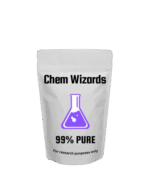

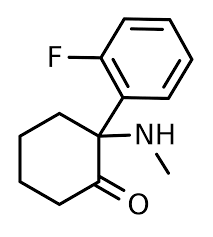
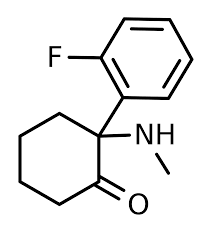
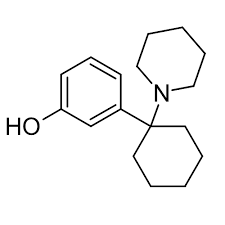
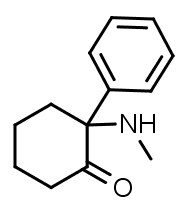

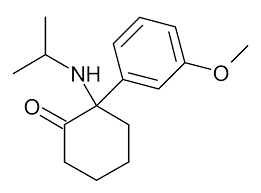
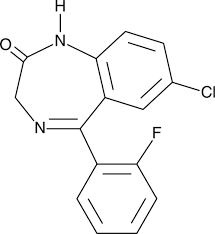
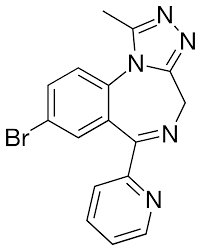
Reviews
There are no reviews yet.